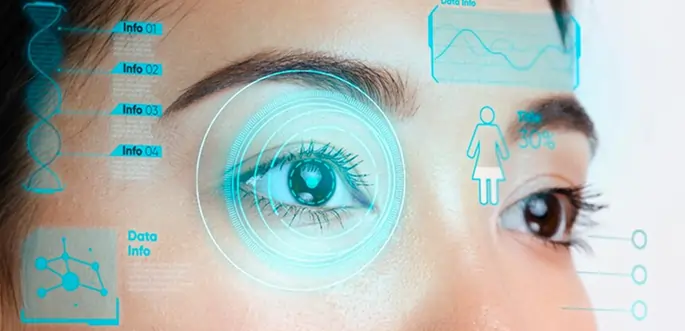
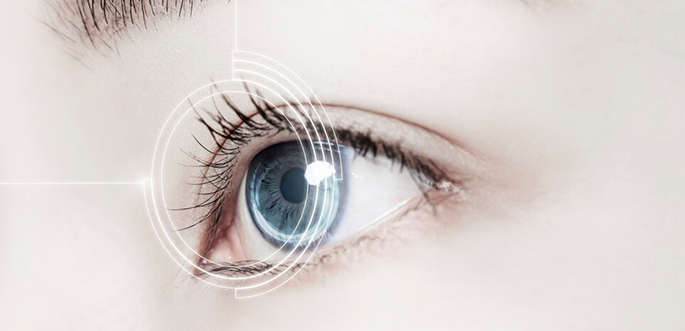
The DryEyeCentres™ platform (website) ensures continuous connectivity, offering patients essential educational resources to improve awareness.
At the centers, doctors provide customized treatments, leveraging remote monitoring to deliver personalized therapy.
This 360° platform integrates counselling, diagnostics, treatment, and follow-up mechanisms to deliver precise, personalized care and therapies.
DryEyeCentres offers a comprehensive online Dry Eye eye screening platform that connects patients with specialized Dry Eye Centers. Through expert counselling, real-time diagnostics using state-of-the-art equipment, and tailored therapeutic solutions.
The Tear Film & Ocular Surface Society (TFOS) Workshop entitled ‘A Lifestyle Epidemic: Ocular Surface Disease’ was a global initiative undertaken to establish the direct and indirect impacts of everyday lifestyle choices and challenges on ocular surface health.
Dry eye can be considered a lifestyle disease because many factors within a person’s daily habits and environment significantly contribute to its development, including prolonged screen time,
low humidity levels, poor diet, inadequate sleep, contact lens wear, and certain medications, all of which can be modified through lifestyle changes to manage and potentially prevent dry eye
symptoms.
Key points supporting dry eye as a lifestyle disease:
of the global population suffers from dry eye disease.
of patients walking into an eye care clinic have dry eyes.
of those who have from dry eye disease suffer from evaporative dry eye, which is caused by meibomian gland dysfunction (MGD).
A study on dry-eye disease conducted by researchers at L V Prasad Eye Institute (LVPEI), Hyderabad, on 1.45 million patients was published recently in ‘The Ocular Surface’, an international medical journal.
The study estimated that based on current incidence rates, 45 per cent or nearly half of India’s urban population is likely to be affected by this condition by the year 2030, roughly translating to a staggering 275 million people. Even rural India is likely to see 17 million new patients of dry-eye disease every year.
Know More with Link of Published Open data in Indian Express and LVPEI Hospital




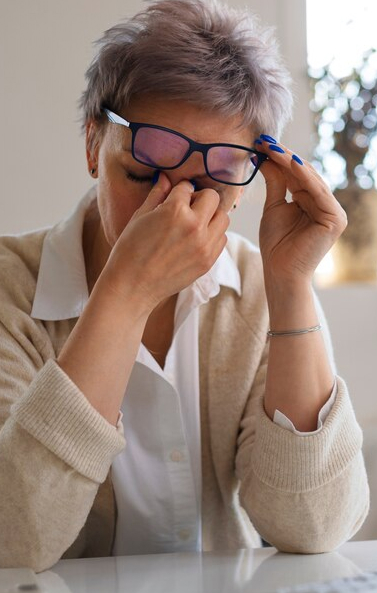

| Flag | Country | Total Time Spent on Devices | Internet via Mobiles | Internet via Computer | Mobile Internet Speed (Mbps) | Fixed Internet Speed (Mbps) | Time Spend using Social Media |
|---|---|---|---|---|---|---|---|
| N/A | Worldwide | 06:38 | 03:46 | 02:52 | 61.52 | 95.10 | 02:21 |

| India | 06:49 | 04:04 | 02:52 | 100.78 | 63.55 | 02:28 |

Regular breaks from screens can significantly help in managing Dry Eye Disease (DED) by reducing...
Know More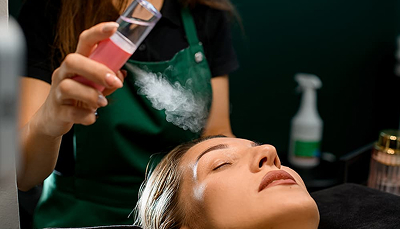
Using a humidifier is a highly effective environmental strategy for managing Dry Eye Disease (DED)...
Know More
A healthy diet plays a vital role in managing Dry Eye Disease (DED) by supporting...
Know More
Adequate hydration is one of the simplest yet most effective lifestyle practices for managing Dry...
Know More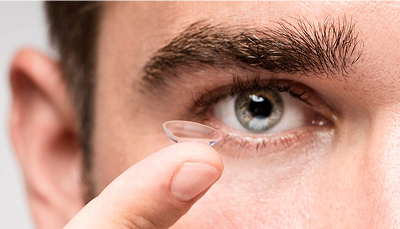
Proper contact lens care is crucial for managing and preventing Dry Eye Disease (DED), especially...
Know More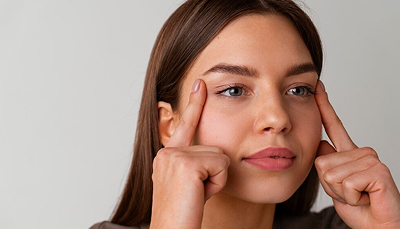
Eyelid hygiene is a powerful and often underutilized strategy in managing Dry Eye Disease (DED)—especially...
Know MoreYour Tear Break-Up Time (TBUT) is the time it takes for your tears to break up or evaporate from the surface of your eyes. A healthy tear film is essential for maintaining clear vision, lubricating the eye surface, and protecting against infections. A shorter TBUT (less than 10 seconds) is considered abnormal and suggests tear film instability, which can be a sign of Dry Eye.
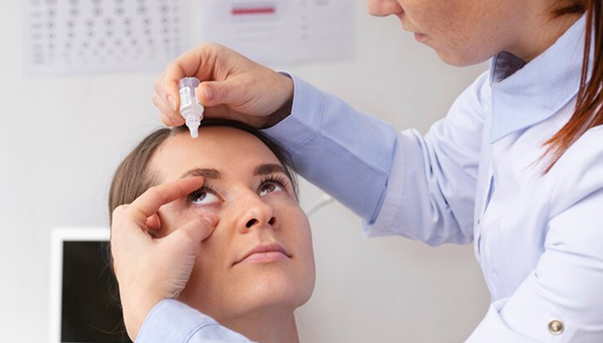


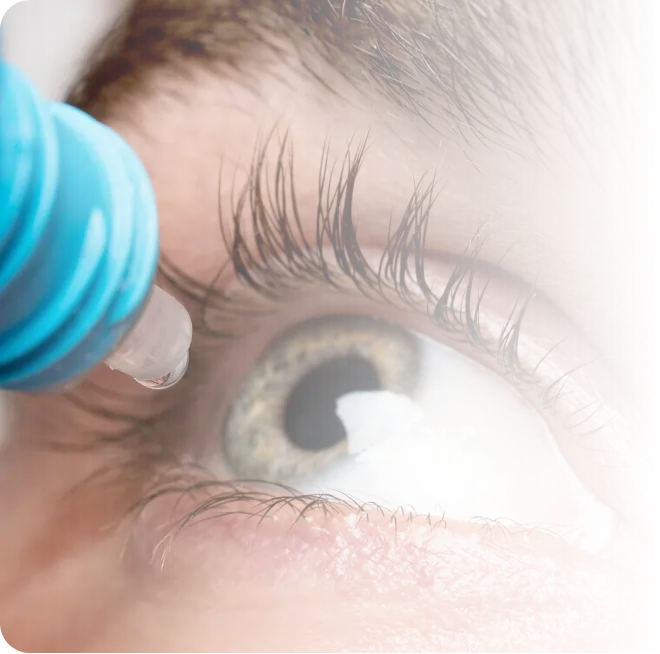
Have questions, need assistance, or just want to say hello?